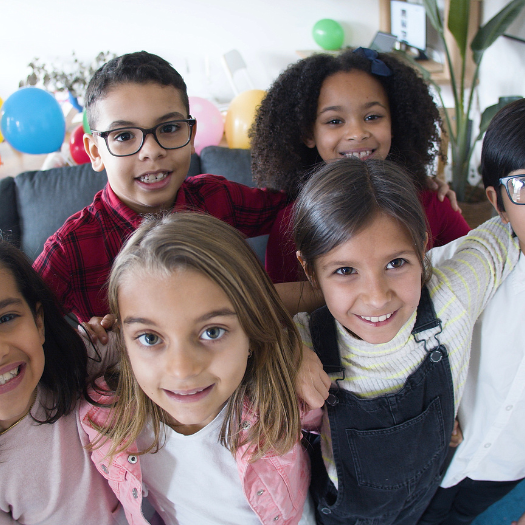Quick Tip Wednesday: Reflect on the first semester
Mid-Year Reflection: Your Secret to a Stronger Second Semester
2 min read
Rebecca Barron : Feb 11, 2024 9:50:00 AM

Imagine being dropped in a new land where you don’t know the language, culture, or school expectations. Feeling lost, struggling to express your needs, worried about fitting in. For many English language learners, this is the overwhelming experience as they transition into our classrooms.
How can we support these students beyond just academics?
While ELLs enrich our school communities with diversity, they face distinct socio-emotional challenges. As educators, we must nurture the whole child. Integrating Social Emotional Learning strategies into your teaching is an inclusive approach to help ELLs thrive socially, emotionally and academically.
Read on to discover the research and tangible ways SEL accelerates ELL growth.
For ELLs plunged into an unfamiliar school environment, SEL provides stability amidst uncertainty. Explicit social-emotional instruction teaches essential life skills like managing emotions, relationship building, and responsible decision-making. Research shows SEL benefits ELLs by:
Cultural barriers and misconceptions often isolate ELLs, challenging their sense of belonging. Proactively foster an inclusive classroom community where all students feel accepted and valued. Learn about ELLs' cultural backgrounds to understand their diverse needs and experiences. Address this head-on with activities like:
ELLs can internalize self-doubt and feel defined by their skill gaps. Teach students that challenges are opportunities for growth, not fixed limitations.
Amplify ELLs’ unique abilities and empower them to share their skills confidently with peers through meaningful leadership opportunities.
Leadership builds confidence and gives ELLs a sense of value in the classroom community.
Collaborative skills may not come naturally to ELLs. Model active listening, taking turns, and encouraging peers.
Help ELLs and peers find common ground and belonging through tailored icebreakers and ongoing buddy support systems.
Supporting English Language Learners requires a holistic approach focused on the whole child. While advancing academics, we must also nurture social-emotional well-being. Integrating SEL strategies builds inclusive, enriching classrooms where ELLs can truly thrive.
Remember, every student brings unique strengths into your classroom. Implementing small moments of SEL each day allows you to discover those strengths. Guide students as they develop self-awareness, relationships, and a growth mindset. By ensuring a sense of belonging, you empower ELLs with the confidence and skills to engage fully. Meet their needs, foster empathy, and let their languages and cultures enhance instruction for all. By supporting academic and social-emotional growth, we unlock every ELL’s fullest potential.

Mid-Year Reflection: Your Secret to a Stronger Second Semester
A great way to get your learners engaged in your Alludo program is by keeping the content in your program up-to-date and relevant. Rebecca has...
October can be a tough month for educators, motivation dips, energy runs low, and the “October Blues” start to set in.